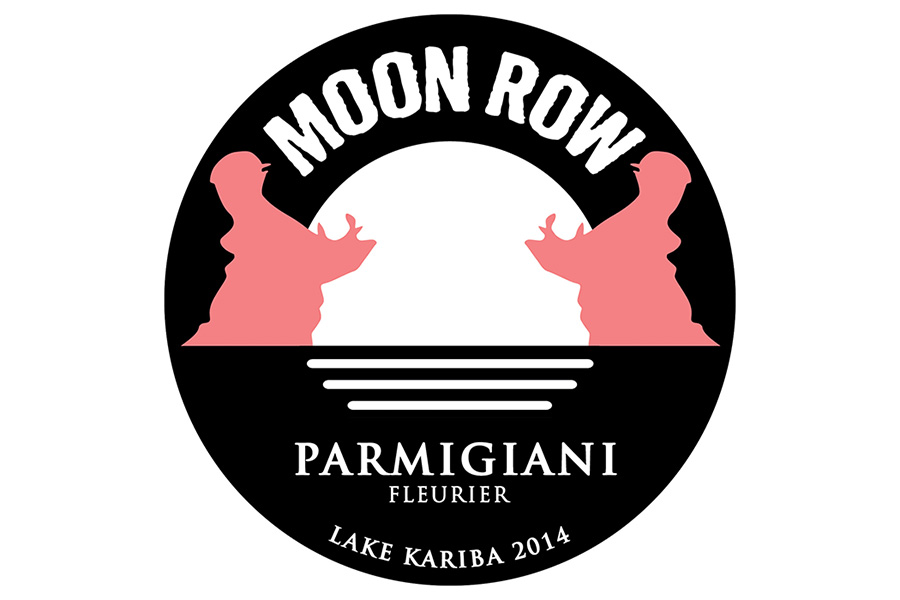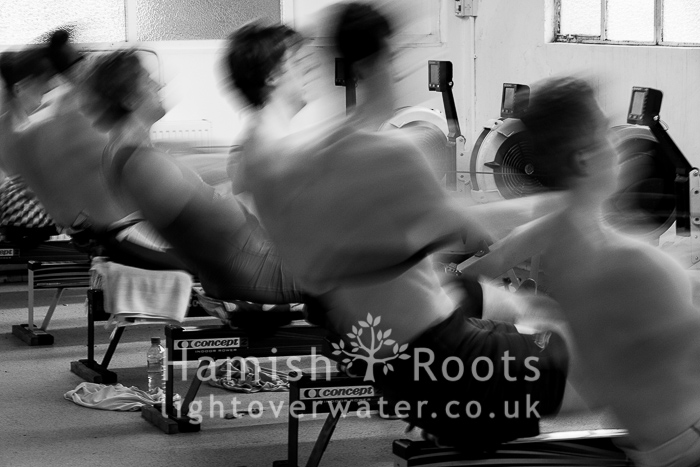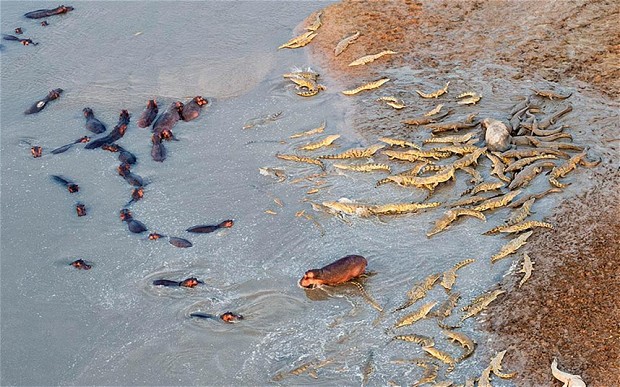
In August this year I will be the Expedition Photographer – and taking part in – a demanding rowing challenge in Africa across the largest man-made lake in the world and down the Zambezi river, to raise money for two charities: Village Water and Conservation Lower Zambezi.
“Row Zambezi“, an expedition in 2011, completed a 1000 kilometre row along the Zambezi River from the border with Angola to Victoria Falls, raising a fantastic $40,000 in the process for Village Water. This year’s expedition continues the Row Zambezi theme with a twist…
The Moon Row
On the 10th of August the Moon will reach a particular phase of it’s cycle giving rise to what is known as the “Supermoon”. Due to it’s close proximity to the Earth it will appear 14% larger and up to 30% brighter than usual. With this in mind the challenge of rowing under the light of the Supermoon was conceived. A team of rowers will attempt to row non-stop from one end of Lake Kariba to the other.

London Full Moon. Three months to go until the Super Moon
Formed by the damming of the Zambezi towards the end of the 1950’s, Lake Kariba is the world’s largest man made lake and reservoir. At over 220 kilometres long and up to 40 kilometres wide in places, complete with large islands and an abundance of wildlife to watch out for, it represents a significant challenge on which to row. The Zambezi, and Lake Kariba, also form the border with Zimbabwe to the south.
The lake is prone to adverse conditions – likened on occasion to the sea – which has the potential to make rowing extremely difficult indeed and will test the team if conditions do deteriorate.
The secondary part of the trip, and an extension of the row across Lake Karia, is to row a further 250km along the Lower Zambezi, passing through the Lower Zambezi National Park and stopping at safari lodges after the end of each day’s rowing of ~60km. August promises to be the peak time to see wildlife as the Zambezi flows through various reserves and well known wildlife havens.
The chance to see animals up-close is an exciting prospect, I have always been fascinated by the natural world – many years of watching David Attenborough and longing to experience first-hand the views beamed through the telly of Africa have me feeling impatient to get out there!. The allure of wildlife encounters it’s certainly not without it’s potential hazards though, as the following photograph from The Telegraph (17/04/2014) clearly illustrates. Here we see a group of crocs have attacked some hippos, successfully capturing at least one at the time it was taken. It’s fair to say we will be watching where we go…very carefully!
The Training
The group has already begun training, with such a challenge ahead of us a rigorous regime has been set for us all to follow involving long periods of time on rowing machines (affectionately known as ‘ergs’ – from rowing ergometer, be under no illusion of any affection between user and machine), long-distance cycle rides and running.

Long distance ergs…
The 12 person team hopes to row two 3-man boats (6 rowing, 6 resting in a support boat), rotating crews every hour and a half, and therefore setting the interval between rows throughout the challenge. Getting the body used to working for this length of time – and repeatedly – is paramount to ensuring the team is effective when it comes to the Moon Row. Many of the group (myself included) come from a background of competitive rowing of the highest level, it is not a race but we are aiming for a ‘good time’ – we estimate the Moon Row could take around 24-28hrs allowing for conditions and change-overs. Of course the fitter and stronger we all are, the better we will be able to maintain a good speed on the water and handle any conditions it throws up.
We are quite literally working very hard to make this a successful endeavour!
How you can help
At the core of this expedition is the aim to raise awareness and funds for two charities: Village Water and Conservation Lower Zambezi. Without the generous support and donations these two organisations would find it nearly impossible to carry out the good work they do. We hope we can help the lives of others by raising money for both of these groups through your help in support of our expedition.

Village Water, our primary aim is to helps provide the means for safe drinking water and sanitation to remote villages in a sustainable manner through education. By going further than just simply providing a water point ensures a long lasting solution for safe, clean water and goes a long way towards reducing easily preventable illness through good sanitation practices.
Conservation Lower Zambezi (or CLZ), the second of our selected groups we aim to help, is a non-profit, non-governmental organization committed to the conservation and sustainable use of the local wildlife and natural resources of the Lower Zambezi for future generations of Zambia and visitors.
We have a target of £25,000 (just over $40,000) and hope to reach this either through donations to individual team members or directly to the group.
My page can be found here: http://www.justgiving.com/hamishrootsmoonrow
Please visit our Just Giving page here: http://www.justgiving.com/karibamoonrow
The expedition website may be found here: www.karibamoonrow.com
Parmigiani Fleurier
The Expedition is fortunate enough to have the support of Parmigiani Fleurier, Swiss watchmakers and partners to World Rowing/FISA. It was this partnership that led to the inception of the “Parmigiani Spirit Award” for an athlete that demonstrated the core values of rowing and through those values inspired others in sports, education, business or charity. The 2013 winner of the award, James Cook, is part of the expedition team. Through our commitment to row for charity Parmigiani have come on board to assist in some areas of the operation.
Time For Water
<< Back to News Home




